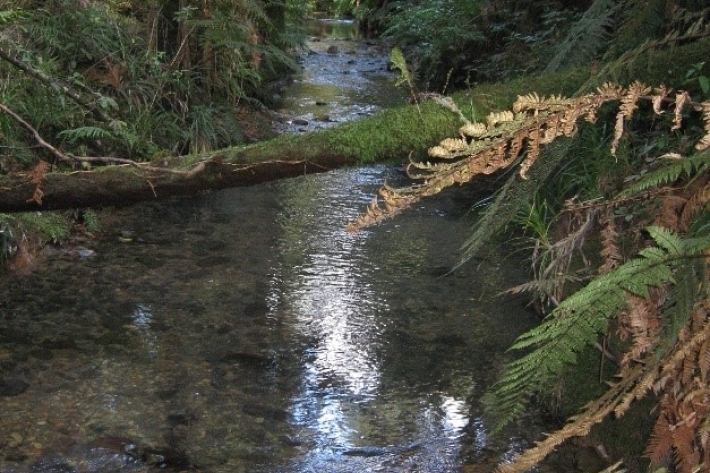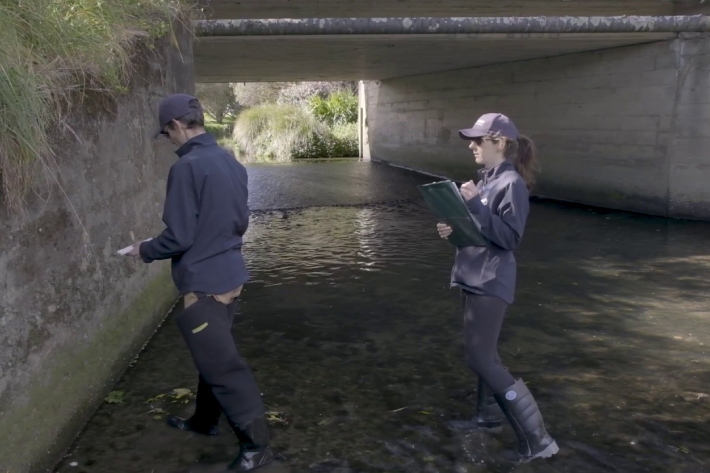-

Eutrophication Risk Assessment
Research ProjectEutrophication occurs when nutrients in streams, rivers, lakes and estuaries cause excessive growth of aquatic plants and algae (primary producers). -

Freshwater species - publications
These are some recent publications related to the freshwater species ecology and management programme. -

Freshwater species ecology and management
NIWA is helping to ensure that New Zealand’s unique and iconic freshwater species are healthy, abundant and thriving. -

Constructed wetland guidelines
Constructed wetlands are a water quality restoration tool that can reduce levels of sediment, nutrients and microbes such as E. coli. -
Scientists nurturing only plant of its kind
Media release11 June 2020For more than 20 years NIWA scientists have been nurturing three plants that are the only examples of their kind in existence. -

The Whatawhata Integrated Catchment Management Project
Research ProjectThe Whatawhata Integrated Catchment Management (ICM) Project is the longest continuously monitored before-after-control-impact (BACI) catchment-scale study in New Zealand. -

We don’t know much about lakes and climate change, says researcher
Media release05 March 2020Scientists know so little about how storms affect the delicate balance of lake ecosystems that we may be unable to protect them from the effects of climate change, says a NIWA scientist. -

Scientists say methane emitted by humans ‘vastly underestimated’
Media release20 February 2020NIWA researchers have helped unlock information trapped in ancient air samples from Greenland and Antarctica that shows the amount of methane humans are emitting into the atmosphere from fossil fuels has been vastly underestimated. -

SHMAK habitat - rubbish
The SHMAK method for rubbish involves collecting and identifying all the rubbish (litter) in the stream and on the stream banks. -

SHMAK habitat – visual habitat assessment
The SHMAK visual habitat assessment gives your stream a score that you can use to assess changes over time or compare streams. -

SHMAK habitat – streambed composition
Two methods for describing streambed composition: the visual assessment method is quicker while the Wolman walk is more accurate.



